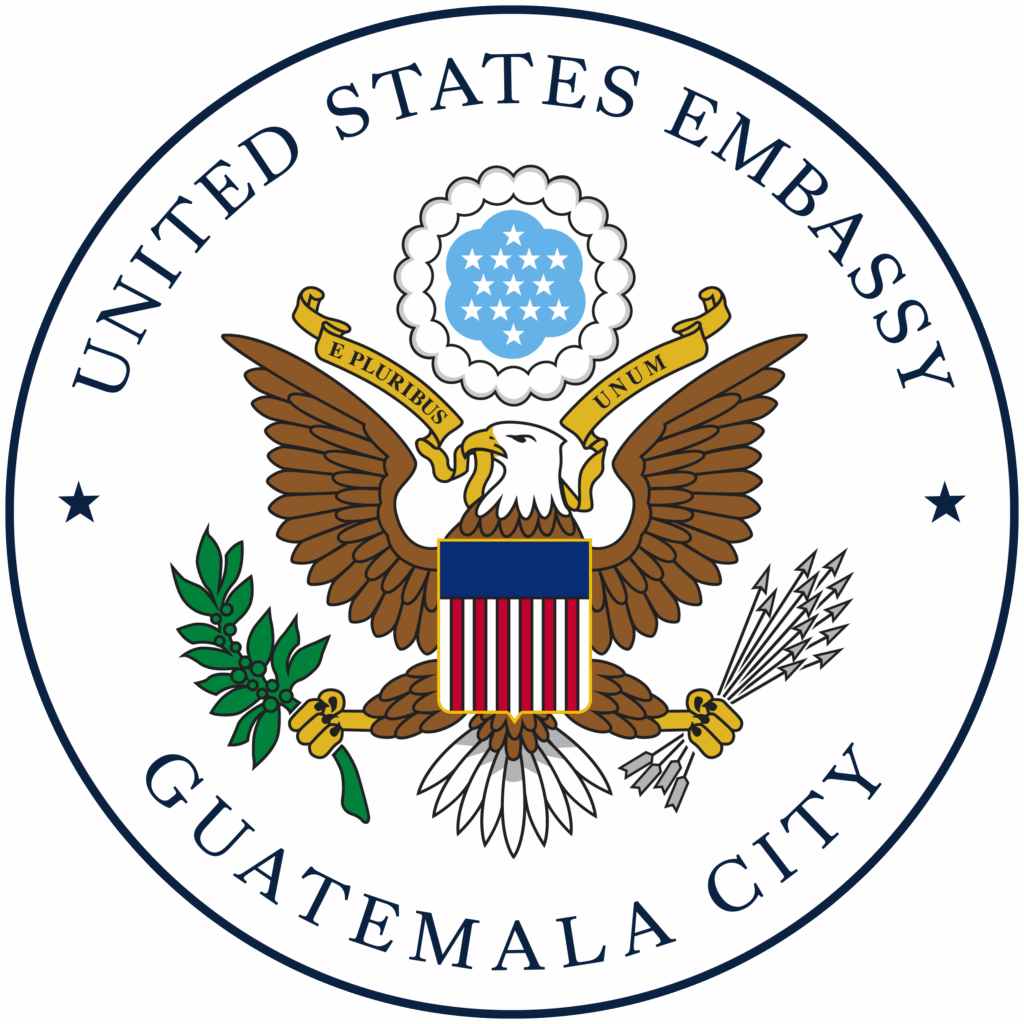
The U.S. Department of State Bureau of Overseas Buildings Operations (OBO) provides the most effective facilities for U.S. diplomacy abroad. The new U.S. Embassy Guatemala City supports the continued expansion of U.S.-Guatemalan diplomatic, security, and commercial relations. The project’s design, construction, and operations represent the best of U.S. architecture, engineering, and construction execution.
Project Overview
Miller Hull Partnership
Design Architect
Page
Architect of Record
B.L. Harbert International
Design/Build Contractor
$449 million
Project Budget
$115 million
Estimated Local Investment
2022
Completed
The new U.S. Embassy Guatemala City supports important diplomatic and commercial relations between the United States and Guatemala.
It embodies OBO’s mission of providing safe, secure, functional, and resilient facilities that make the U.S. stronger, safer, and more prosperous.

Design & Construction
The new U.S. Embassy Guatemala City is in the eastern foothills of the Valle de la Ermita, southeast of the city’s historic center. The design is influenced by Guatemalan culture and responds to the site’s steep topography, taking advantage of heavy terracing to help prevent runoff.
The office building emerges from the ground plane as a glass tower with a complementary stone base. The base, with its use of dark, earthy materials, anchors the building and has a grounded quality that contrasts with the glass tower, which reflects the cool hues of the sky and conveys an airy openness.
The courtyard at the center of the chancery serves as an active hub for the community with direct access to a variety of communal spaces, such as the gallery. A large plaza and consular garden to the south of the site provides space for consular visits.


Building Performance
The U.S. Embassy Guatemala City, Guatemala has been certified as Leadership in Energy and Environmental Design (LEED®) Silver by the Green Business Certification Inc. (GBCI ®) for its overall building performance, including efficient use of water and energy and indoor environmental quality.
The embassy employs rigorous energy-saving and building performance strategies to enhance self-sufficiency. Energy efficiency and renewable sources reduce consumption by 26.5 percent, and photovoltaics provide approximately nine percent of the chancery’s energy usage.
An on-site wastewater treatment plant with irrigation and cooling tower lessens the building’s reliance on potable water. The site design provides for significant areas of native vegetation that create a link to nearby green spaces, reducing the amount of water needed to maintain the landscape.
Arts & Cultural Heritage
The new U.S. Embassy Guatemala City embodies U.S. creativity and heritage through design and craftsmanship, fostering dialogue and diplomacy to strengthen relationships and advance U.S. interests.
A defining feature of the new embassy is the incorporation of U.S. and Guatemalan contemporary artwork throughout the building, curated by OBO’s Office of Art in Embassies (AIE).

